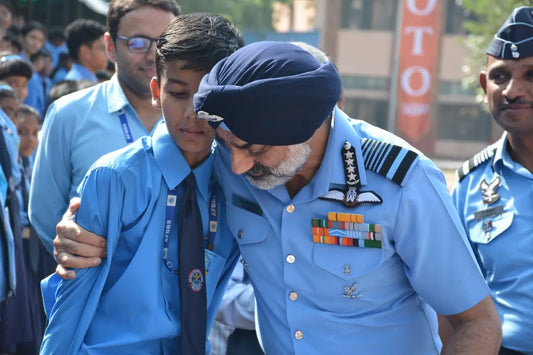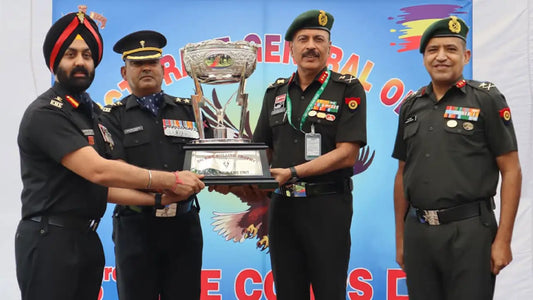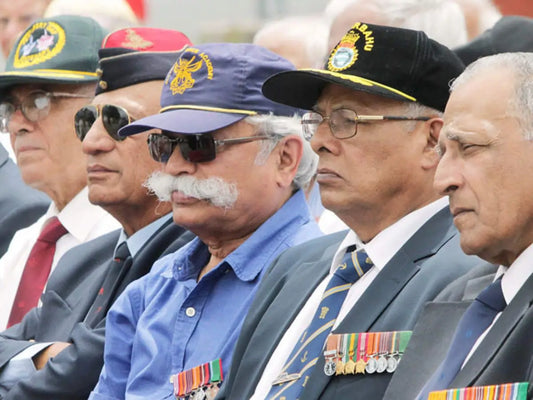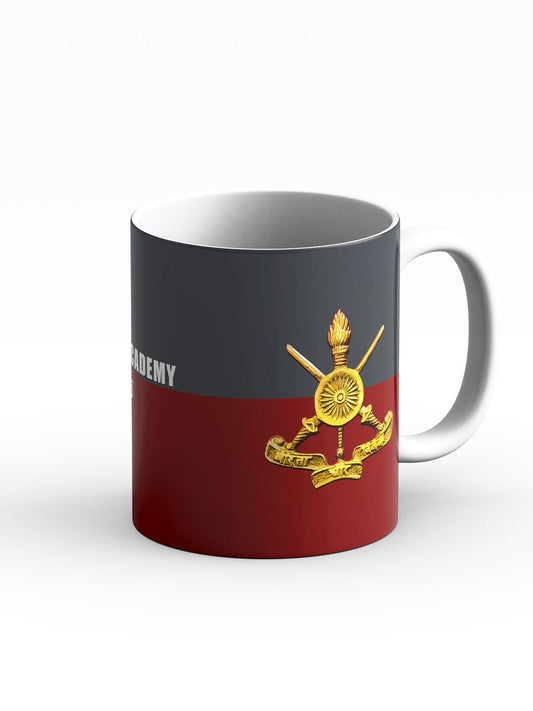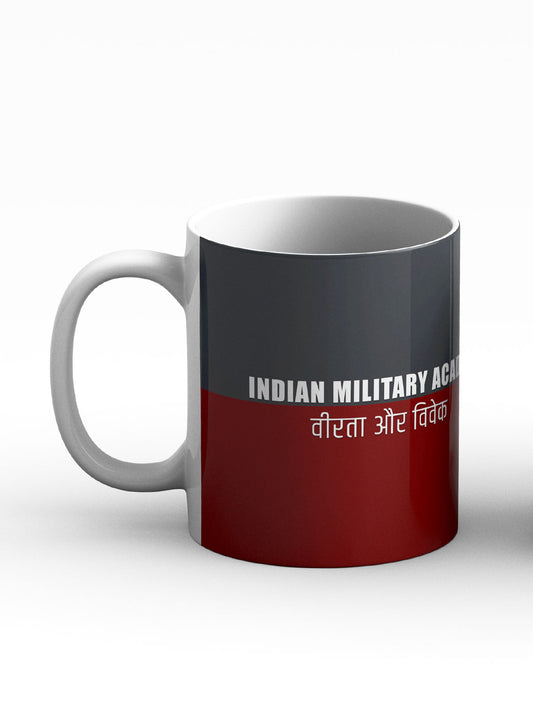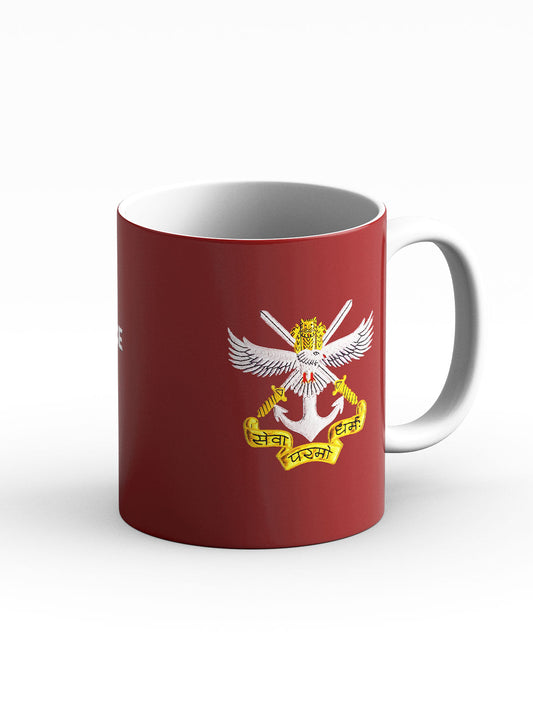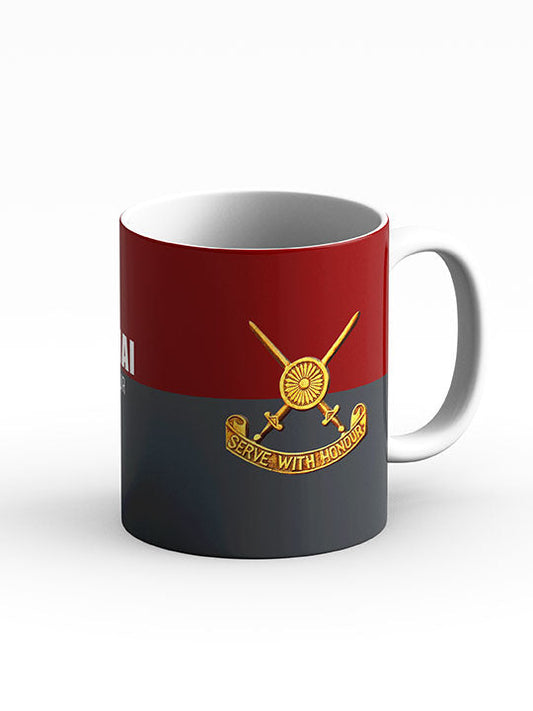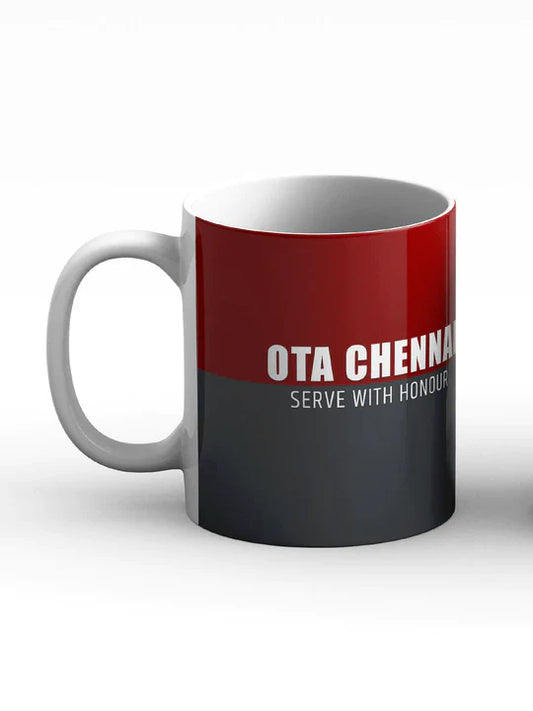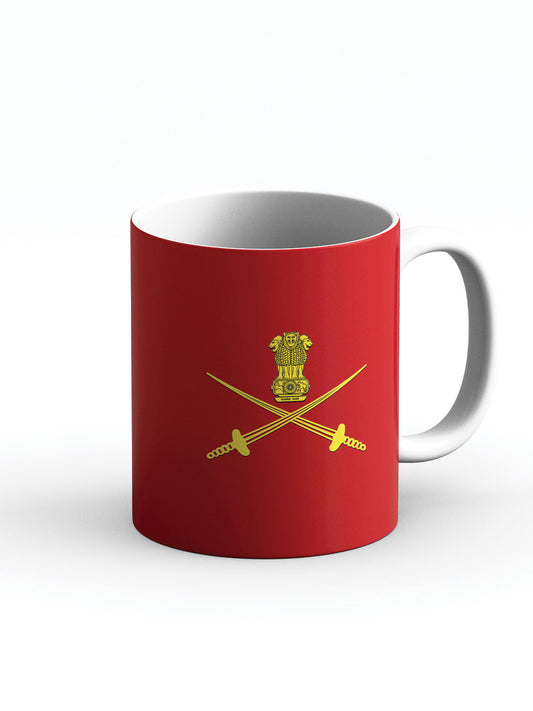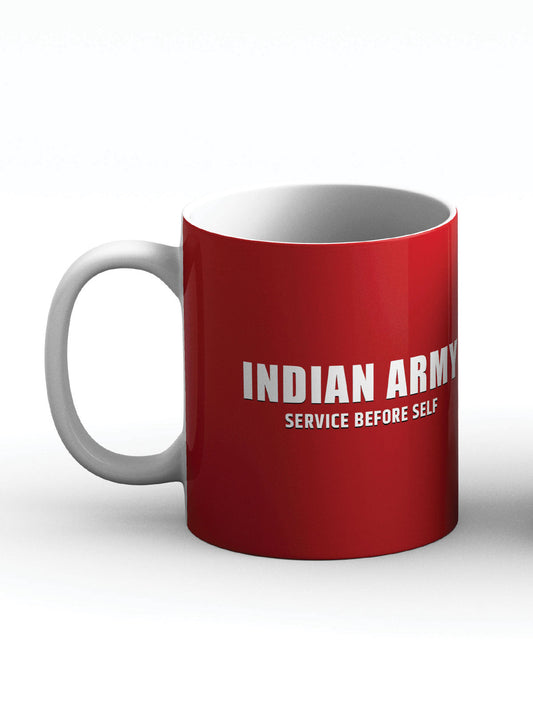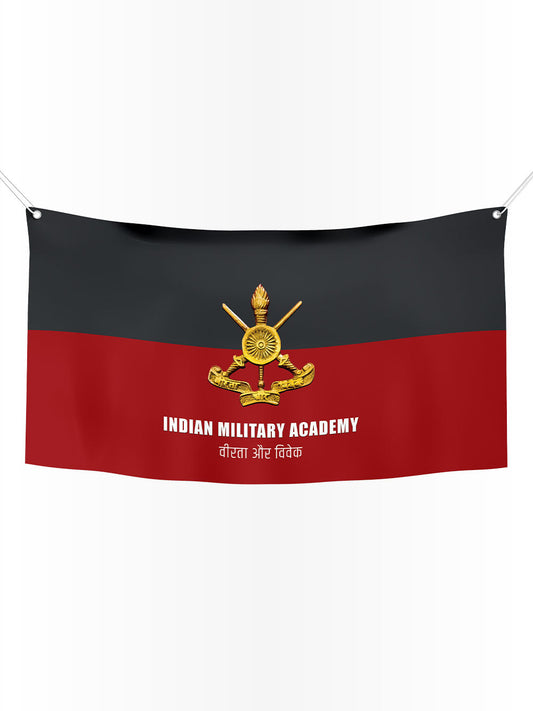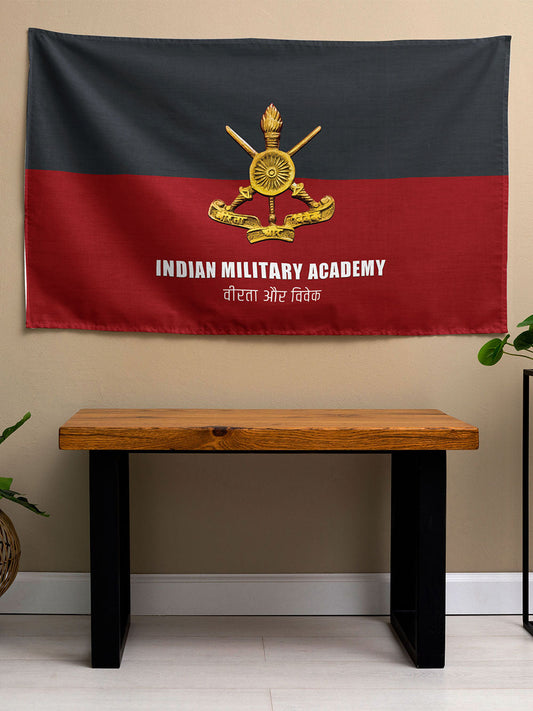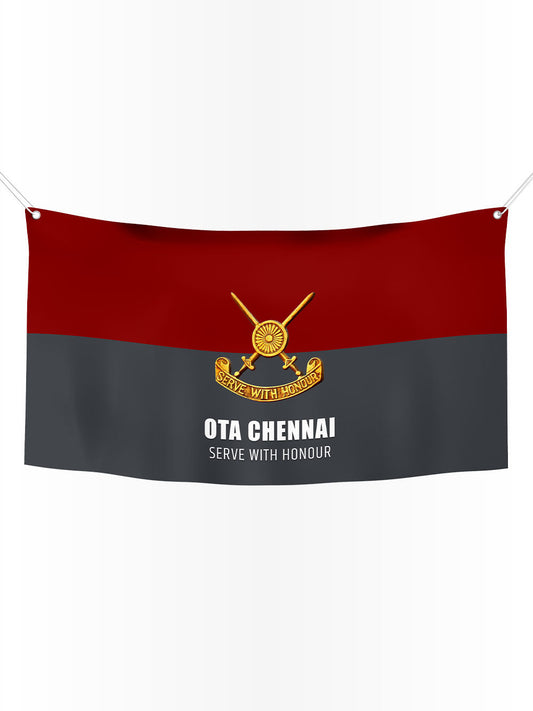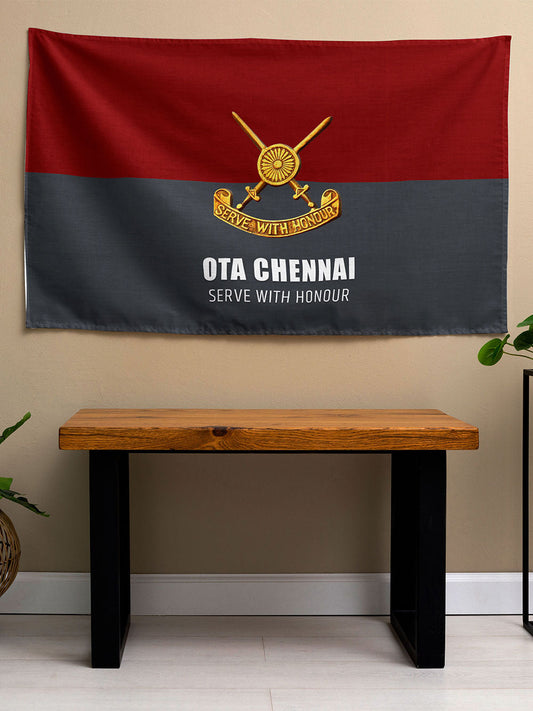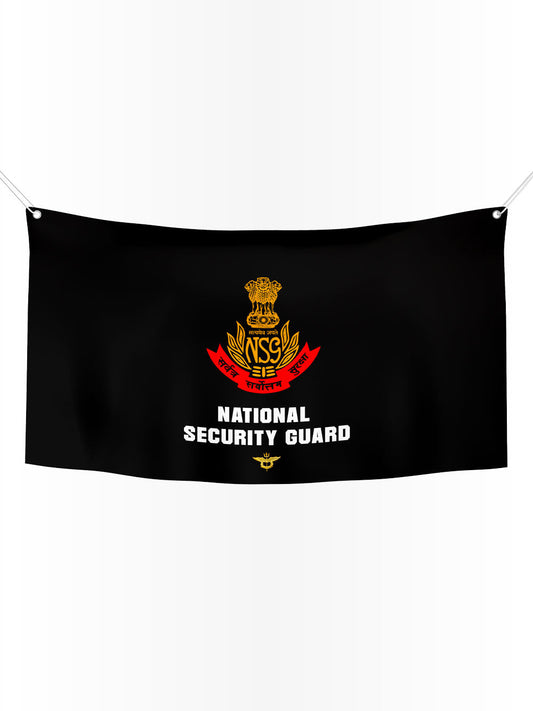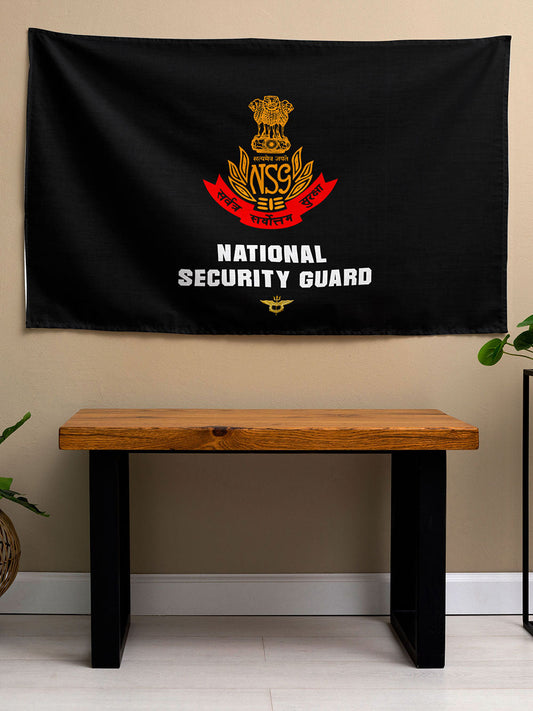Debate on Social Media Highlights Contrasts in Afghan and Indian Special Forces Gear

The online discussions on X, previously known as Twitter, surrounding the equipment used by Afghan and Indian special forces have sparked fervent debates, highlighting the broader geopolitical tensions in South Asia. As of October 2025, individuals from India, Pakistan, and Afghanistan have engaged in conversations that underscore the stark differences in their military gear. Opinions are split, with some praising the U.S.-acquired Afghan arsenal as "advanced," while others emphasize India's strategic push for self-reliance amid criticisms of inefficiency. This report draws from recent exchanges on X, historical context, and verified equipment data to offer a balanced perspective. The analysis will address various categories such as small arms, protective gear, vehicles, optics, technology, and sustainment, while also examining the biases that fuel these debates.
The special forces of Afghanistan, primarily represented by the former Afghan National Army Special Operations Command (ANASOC), were extensively armed by the United States during its intervention from 2001 to 2021. The U.S. invested approximately $28 billion in weaponry, including rifles, vehicles, and aircraft, much of which ended up in Taliban hands following the U.S. withdrawal in 2021. While this "leftover" gear is often described as high-end, including items like M4 carbines and Humvees, sources indicate it is largely surplus and not cutting-edge, with maintenance issues under Taliban control potentially rendering it obsolete.
India's special forces, which include units like the Para Special Forces (Para SF), Marine Commandos (MARCOS), and Garud Commando Force, rely on a combination of domestically produced and imported equipment from countries like Israel, Russia, and the U.S. Despite India's defense budget exceeding $70 billion annually, which far surpasses Afghanistan's pre-2021 GDP of around $15-20 billion, debates on X criticize India's modernization process as slow, with some mocking the use of "1974 helmets" adapted for night vision.
The recent surge in discussion appears to be linked to viral images from October 2025, such as those shared by @KSingh_1469, which compare Afghan operatives in U.S. camouflage to Indian operatives in older gear. Proponents of India's defense argue these comparisons are unfair, suggesting Afghanistan's gear represents "borrowed glory." Critics, including Pakistani OSINT accounts like @PakDefTeam, highlight India's past collaboration with the pre-Taliban Afghan government, which involved joint exercises in 2017 and training over 700 Afghan soldiers annually in India for counter-insurgency efforts, a program that ceased post-2021.
Counterarguments on X emphasize that while Afghan equipment appears impressive on paper, it suffers from a lack of spare parts and training under Taliban control, whereas India's equipment receives continuous upgrades through agreements like the SIG Sauer procurement.
Both Afghan and Indian special forces prioritize the use of assault rifles and machine guns, though their sources differ significantly.
| Category | Afghan Special Forces | Indian Special Forces |
|---|---|---|
| Assault Rifles | M4/M4A1 Carbines (U.S.), AK-47 variants (Soviet-era) | SIG Sauer 716i, IWI Tavor/X95, AK-203 (Indo-Russian JV), INSAS (indigenous, being phased out) |
| Sniper Rifles | M24 SWS (U.S.), Dragunov SVD (Russian) | Barrett M95, Sako TRG-42, Vidhwansak (indigenous anti-materiel) |
| Machine Guns | M249 SAW, M240 (U.S.), PKM (Russian) | Negev NG7 (Israeli), MG2A1 (indigenous variant of FN MAG) |
| Pistols/Submachine Guns | Beretta M9 (U.S.), MP5 variants | Glock 17/19, Beretta PX4 Storm, MP9 (Swiss) |
The Afghan arsenal includes over 3,500 M4s donated by the U.S. between 2017 and 2020, which may now be in Taliban possession. Indian special forces have transitioned to 7.62mm calibers for improved stopping power in mountainous regions.
Protective gear is a significant point of contention in these discussions.
| Category | Afghan Special Forces | Indian Special Forces |
|---|---|---|
| Helmets | ACH (Advanced Combat Helmet, U.S.), some with NVG mounts | MKU Muhkti/EXFIL ballistic helmets (indigenous/U.S.), Model 1974 fiberglass (older, adapted) |
| Body Armor/Vests | IOTV (Improved Outer Tactical Vest, U.S.) | MKU/SMP bulletproof vests (indigenous), plate carriers |
| Camouflage/Uniforms | MultiCam (U.S.-style), woodland variants | Digital disruptive pattern (indigenous), region-specific like alpine camo |
Afghan gear is largely composed of "leftover U.S./NATO" equipment, rather than original designs. Indian upgrades include tactical gloves, boots, and belts from companies like Indian Armour.
Afghan forces benefit from U.S.-provided vehicles, which offer an advantage in sheer numbers.
| Category | Afghan Special Forces | Indian Special Forces |
|---|---|---|
| Ground Vehicles | Humvees (over 3,000 U.S.-donated), MaxxPro MRAPs | Mahindra Marksman, Sherpa Light (French-Indian JV), TATA LSV |
| Aircraft | UH-60 Black Hawks, Mi-17 (Russian), A-29 Super Tucano | Dhruv ALH (indigenous), Mi-35 (donated to Afghanistan pre-2021) |
While Afghan equipment shines in night-vision capabilities, thanks to U.S. goggles, India's advancements lie in BEL holographic and thermal sights. India also benefits from domestic production, giving it an edge in sustainment, whereas Afghanistan faces challenges due to sanctions.
The divide on X often follows nationalistic lines, with Indian users emphasizing innovation while others point to corruption allegations.
